Seeking Validation From Grammarly
[ ]A look at Grammarly’s content and email marketing strategy
Writing good emails is not easy. One of my favorite tools to use while writing is Grammarly. I use the Chrome extension for grammar check, spell check, tone check, and recommendations for more effective writing. There’s a lot to be said about Grammarly, its founders, virtuous recommendation cycle (they improved Grammarly’s sentence and word recommendations based on feedback from the users — after each recommendation, audiences could give a thumbs up or thumbs down to their recommendations and they used this data to improve), their “growth hack” (the wildly successful freemium Chrome extension that has given them access to a large leads bank) and their successful business model but today I want to focus on two aspects of their marketing strategy that is effective and very well executed:
- Content strategy to drive organic users from search engines
- Weekly emails to its users for conversion and engagement
1. Content strategy to drive organic users from search engines
Grammarly’s goal is simply to help people write better. Its “core” task is to identify grammatical errors in your writing and suggest correct alternatives. The audience for this problem is everybody from students, professionals, academicians to writers. Most of us can spell-check our writing with Word but do not know if:
i. Any of our sentences have grammatical flaws
ii. We’re using the right words to express what we want
iii. Is the tone of the content piece reflective of our intent? Is it consistent throughout?
When it comes to the 1st and 2nd point, we generally turn to Google with our specific queries. Common queries include the use of apostrophe, colon, and semicolon, use of passive vs active voice usage, and a whole lot on confusing words like affect and effect, weather and whether’ etc. Grammarly has created its content specifically to target users with these queries and get tonnes of organic traffic on their blog and product pages. By creating content that caters to these specific queries, Grammarly has been able to rise up the organic ranks and even feature in Google’s top-ranked ‘Featured Snippets’ section. The structure of the content along with SEO (section with a question-answer format, smart usage of keywords throughout the article) has also enabled it to feature on Google’s ‘People Also Ask’ section. These highly relevant sections (especially when you seek an accurate answer as opposed to opinion) drive high-intent traffic to its site.
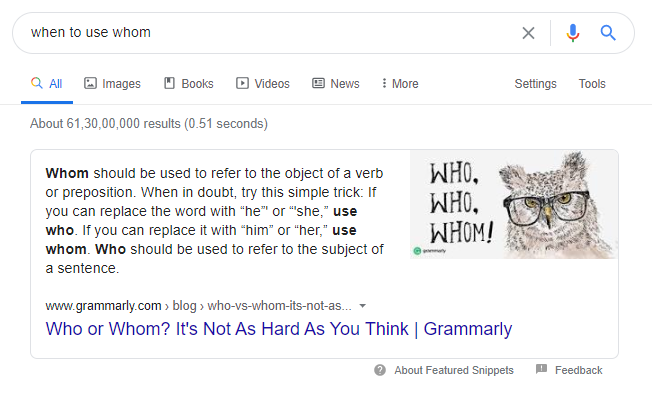
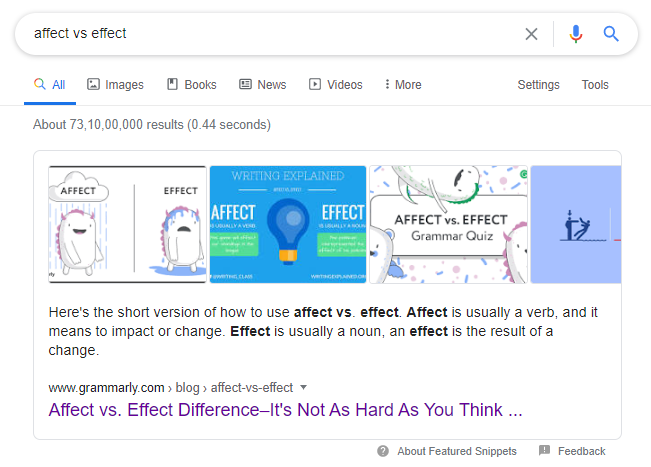
Grammarly’s blog page has dedicated How-tos and Grammar tips that make it easy for search engines and users to index and find answers to relevant queries. The blog articles themselves feature simple and clear writing, multiple examples, helpful tips, effective CTAs for trying Grammarly, and finally an element of gamification — they feature short grammar quizzes that can help you understand the topic better!
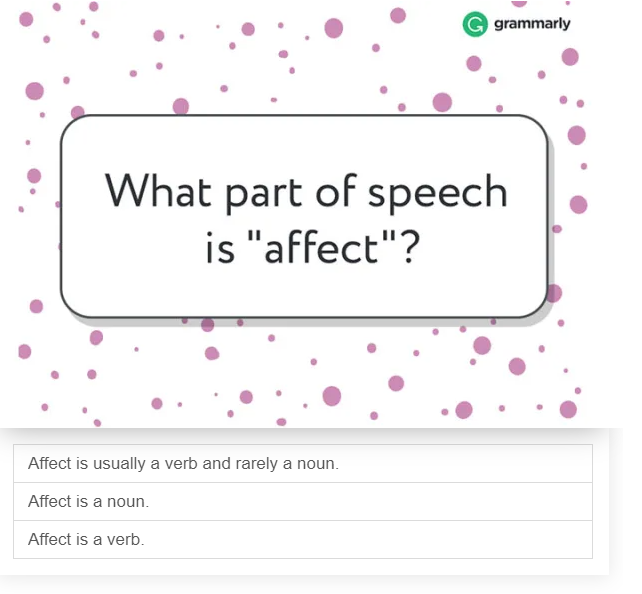
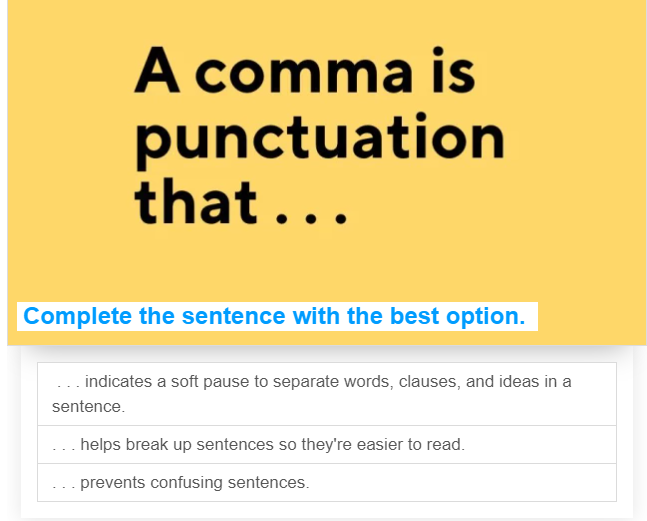
2. Weekly emails to its users for conversion and engagement
I am a sucker for good emails, and I love emails that can surprise me and keep me engaged for the 10 seconds that I probably spend reading it. I think frequency and first impressions play a really important role when it comes to emails. Too many emails from a brand or a product — I will most likely never open it and they end up in the Promotions tab. If the first couple of emails from a brand fail to engage me, I will most likely never open them again, save for order updates, and the likes. Duolingo is another product I love and use frequently (will do a post on it later) but their communication and messaging strategy can sometimes be off and mildly annoying. For starters, their push notifications start getting aggressive, something along the lines of, LEARN GERMAN NOW, NOW AND NOWWWWW, noncreative daily reminder emails, and more of a gym teacher tone than that of a friendly learning tool.
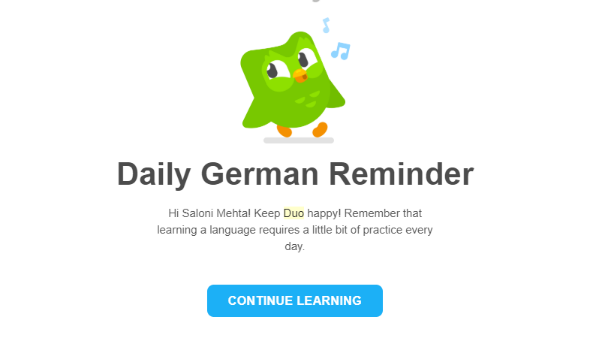

I mean, give me SOME compliments and introduce Tinder Duolingo while you’re at it. Anyway.
Duolingo does so well when it comes to gamification on their main product but doesn’t seem to carry forward that consistency in their marketing. Grammarly on the other hand sends beautiful WEEKLY emails with a lovely mix of compliments, competition, and effective CTAs. Weekly emails ensure I do not automatically treat them as spam but still remember to do my ‘weekly check-in’.
i. Creative subject lines
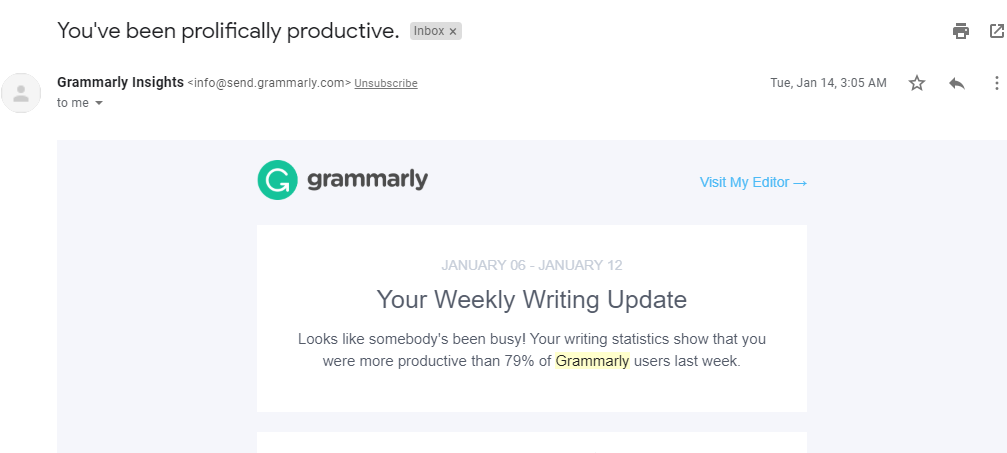
Their subject lines don’t always start with ‘Here’s your weekly writing report’ — they remember to send a compliment or two my way. The second line of the email directly appeals to my competitive spirit and I want to know how I did better than everyone else.
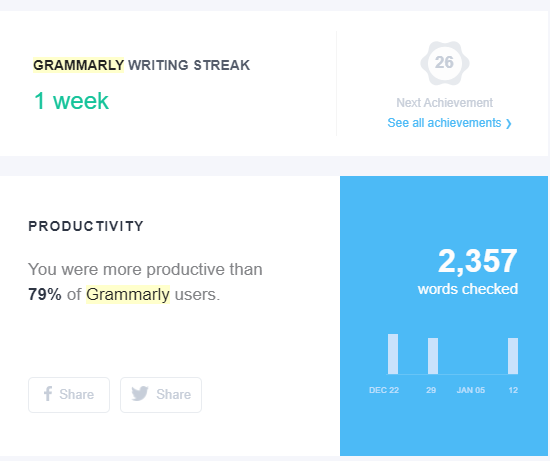
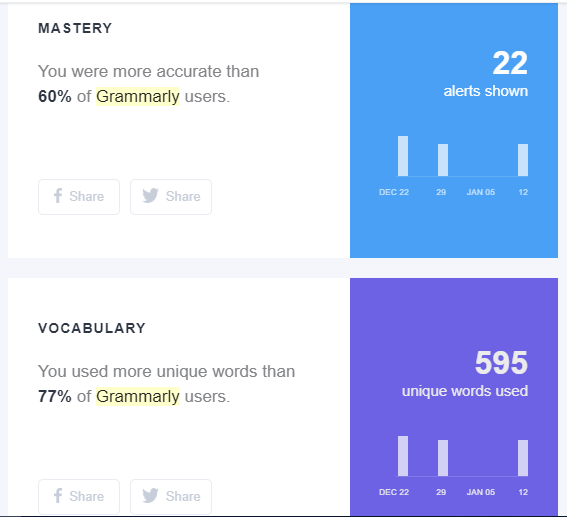
ii. Report card
They’ve definitely played on gamification hooks — writing streak, achievement levels, ranking within various sections (which they also quantify and define clearly). Finally, when I’m in a sufficiently good mood, they follow it by a CTA for upgrading to Premium to discover other advanced issues. They also tell me what my top 3 mistakes are and immediately follow it up with top stories and tips for the week.
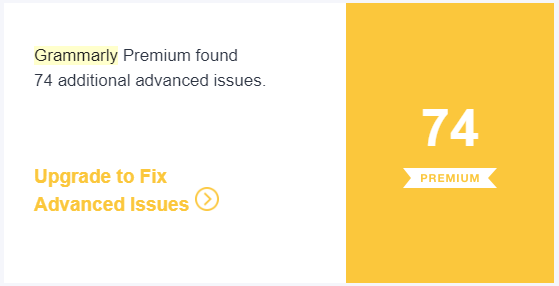
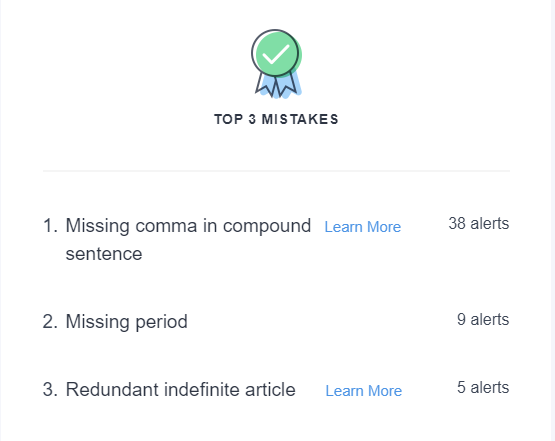
As content writing becomes one of the most important skills today (good copy >= good design), Grammarly is best placed to leverage this wave and position itself as a fundamental aid while writing.

Yes, this article has been certified okay by Grammarly